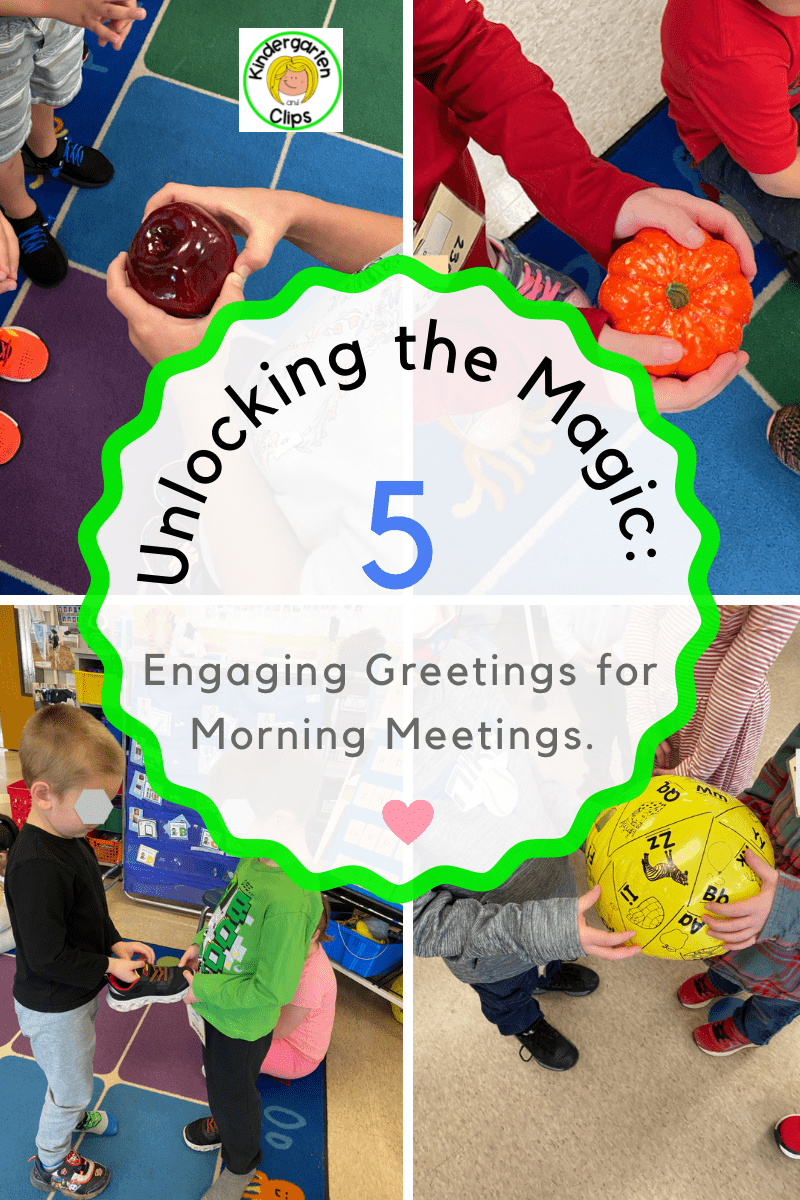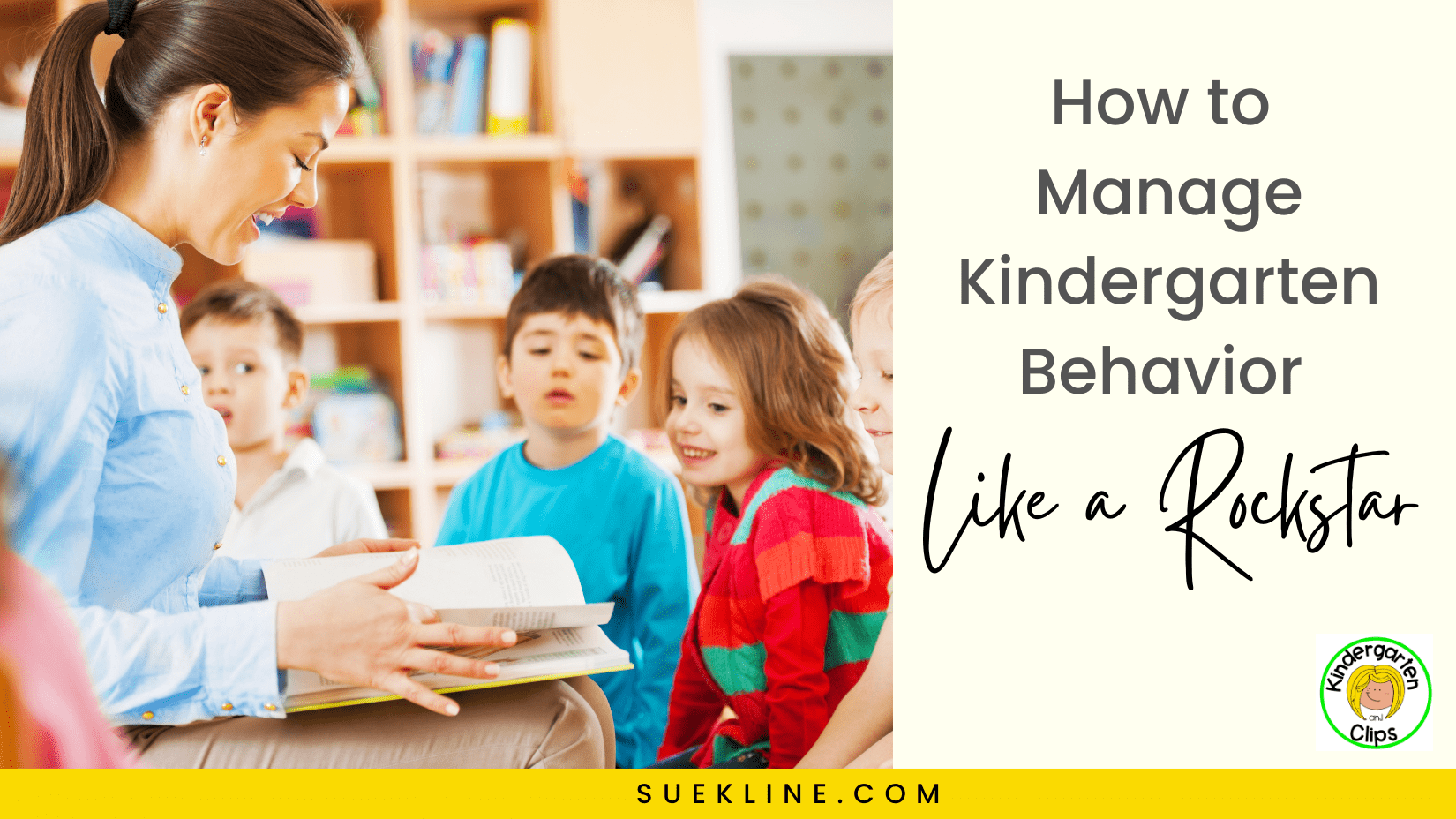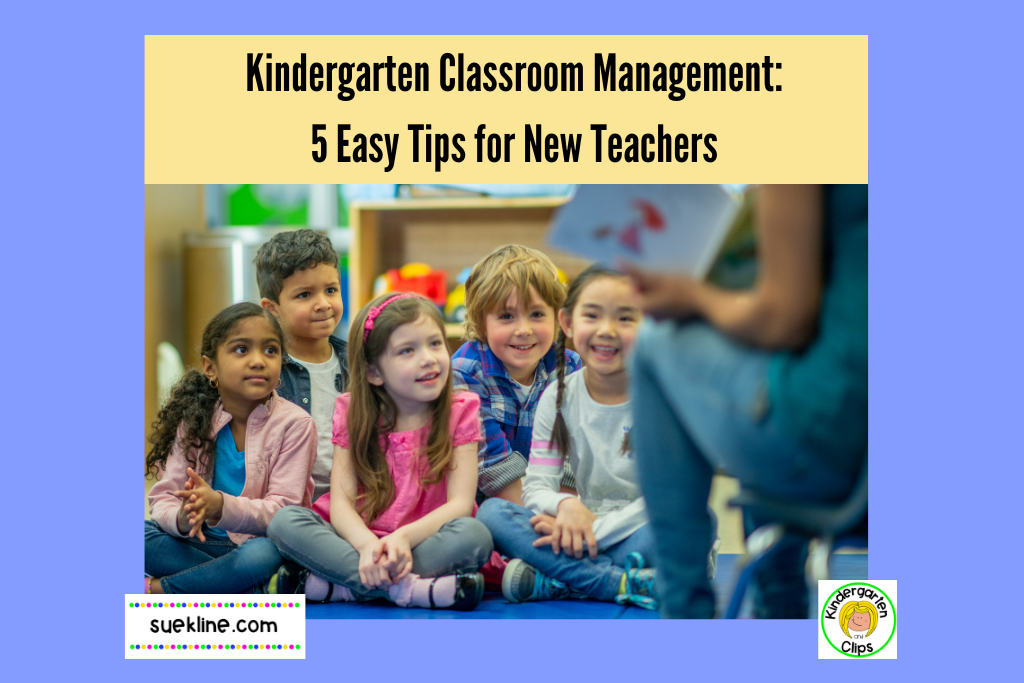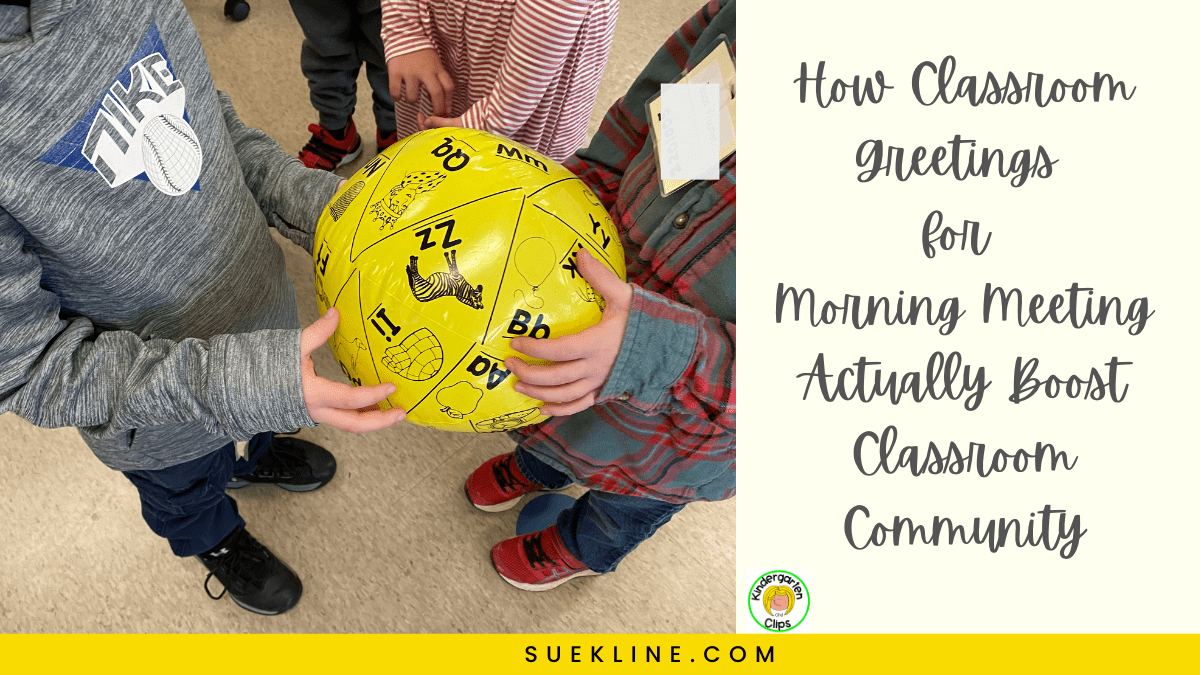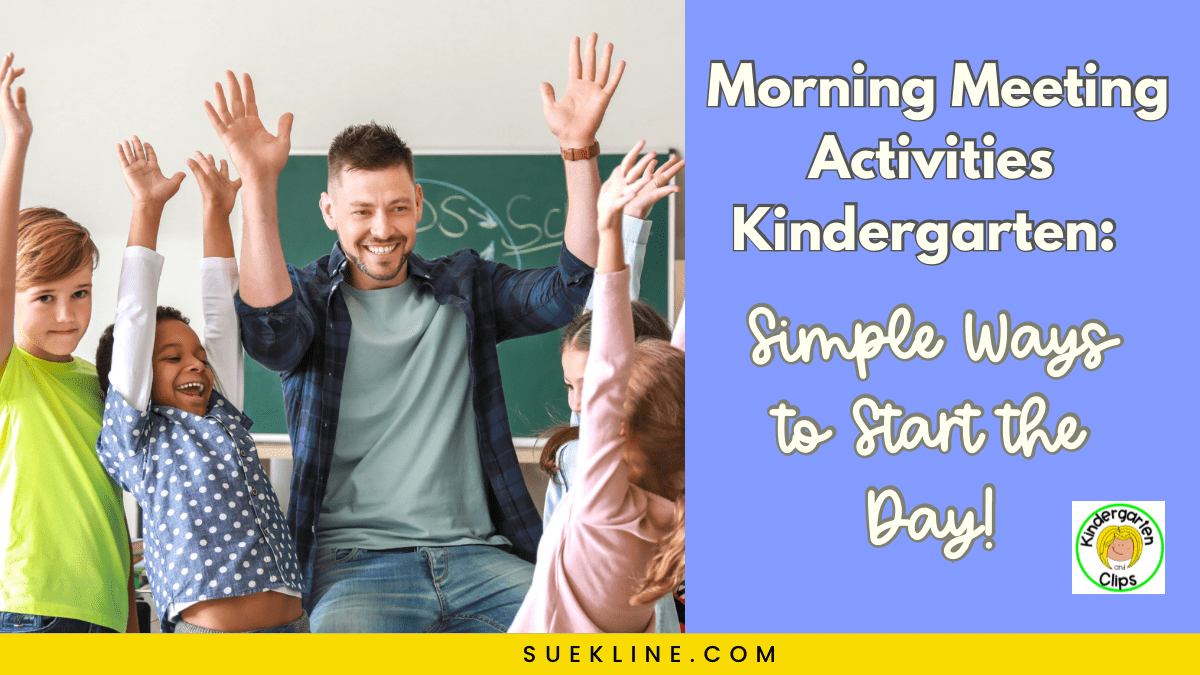Let’s embark on a thrilling journey into the enchanting world of small-group instruction. As a seasoned educator, I understand the wonders and challenges of teaching our little learners.
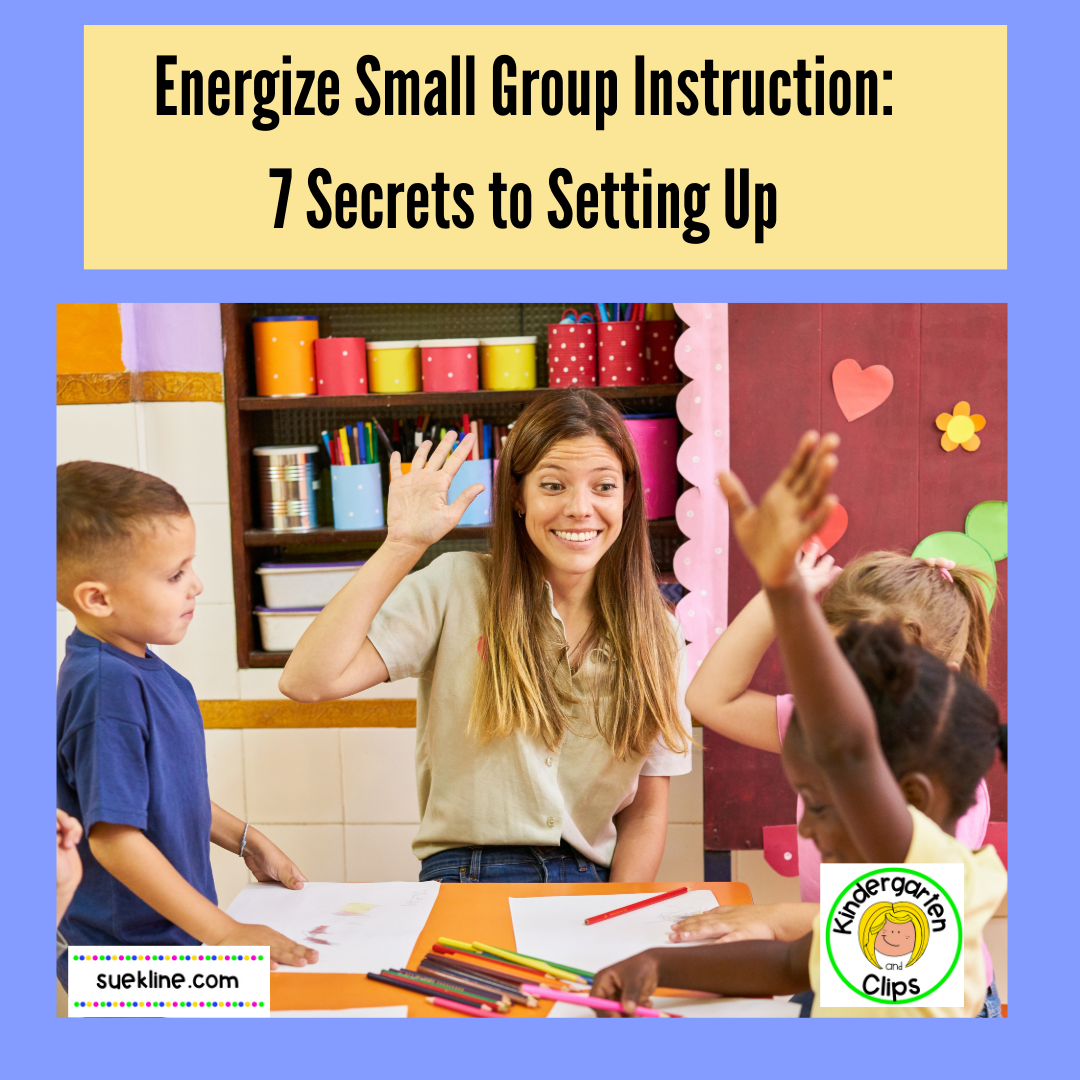
Ready to amplify the magic in your classroom? Subscribe to my newsletter for exclusive resources, tips, and updates crafted specifically for kindergarten teachers. Join us in creating enchanting learning experiences together!
Join me as we explore seven tips that will transform your small group activities into magical experiences.
Small Group Instruction: Unveiling the Magic
In the maze of kindergarten education, small group instruction is the magic that unlocks personalized learning experiences. Let’s dive into why incorporating small group activities for kindergarten is beneficial and essential.
Tip 1: Why Use Small Groups in Kindergarten?
Small group instruction is like a treasure hunt for understanding. It provides the individualized touch needed to ensure genuine comprehension. Discover the art of teaching to the unique needs of each child, fostering a symphony of knowledge rather than classroom chaos.
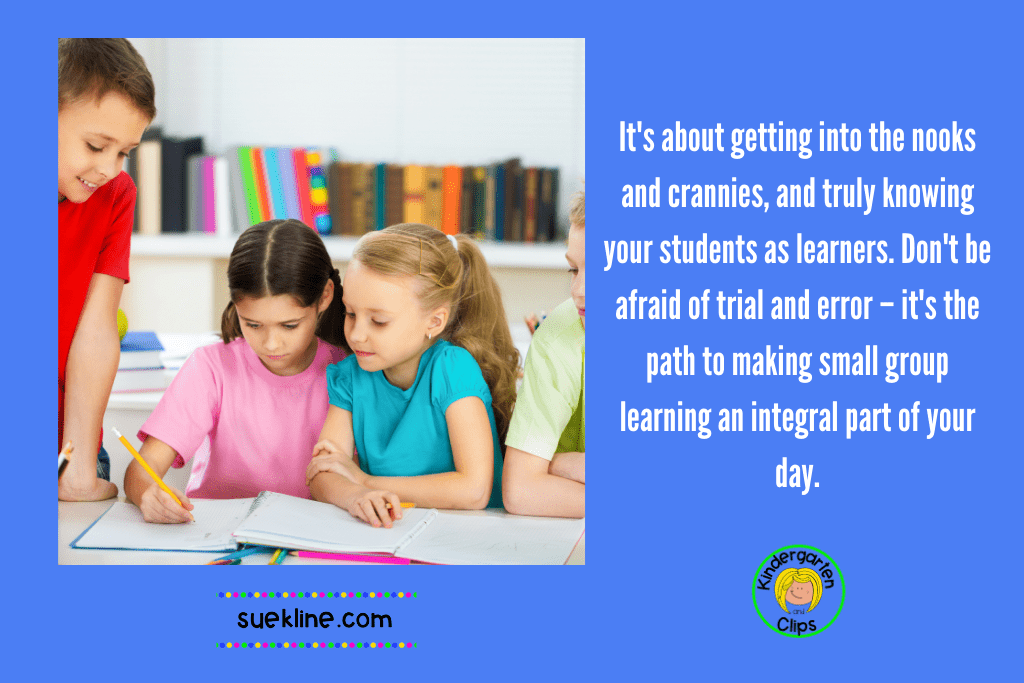
Tip 2: How to Set Up Small Groups – Like Conducting a Symphony
Creating effective small groups is an art. When setting up small flexible groups I use the strategic approach to grouping students based on their learning needs. Common needs guide my instruction. It is important to train the class to be in centers before starting small-group learning. We spend a good month in centers without a small group running so that I can monitor and adjust what is going on inside centers. Only after the class knows how to stay and focus in centers do I begin pulling small groups.
Tip 3: Data-Driven Teaching Points: Navigating the Kindergarten Small Groups

In the vast abilities of kindergarten education, data becomes your guiding star. Whether forming flex groups or establishing common teaching points, let insights from assessments and tools ensure your small groups are formed with a common teaching point. Small groups let the teacher pinpoint the learning need and support it.
Tip 4: What Are Other Students Doing? Organizing with Classroom Centers
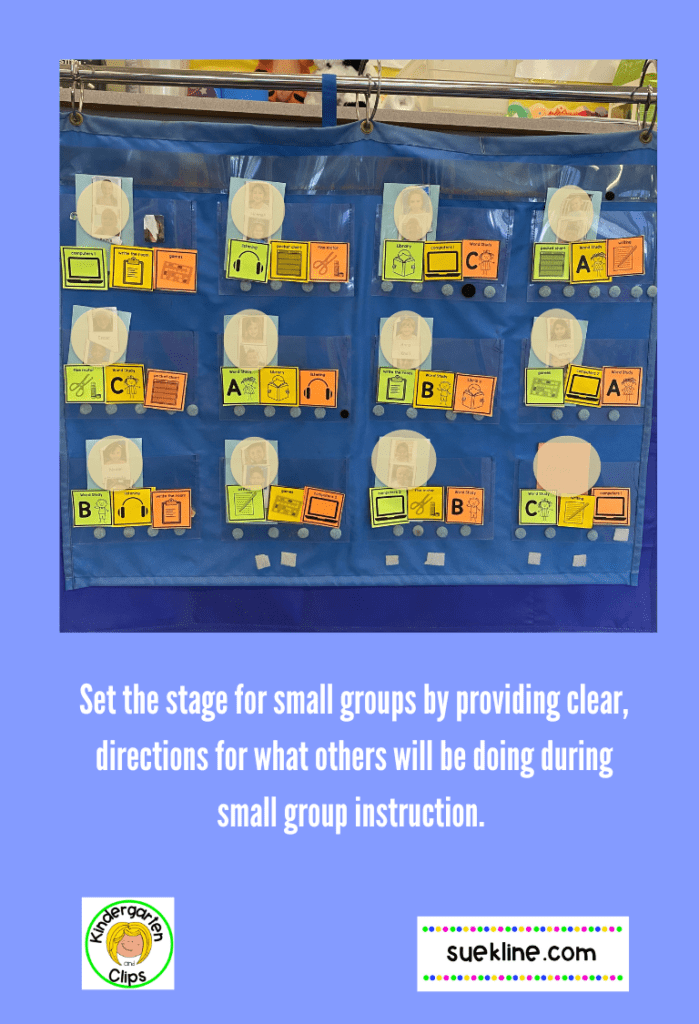
While small groups take center stage, keep the rest of your little learners engaged. Refer to our blog post “Mastering the Art of Classroom Center Management: 7 Tips for Teachers” for actionable steps. Centers act as areas for pre-teaching, enrichment, or reinforcement, ensuring every child remains actively involved. I Have learned to pull my small group learners before having the others go to centers. This helps the small group get established.
Tip 5: Small Groups in Kindergarten: Creating a Symphony of Learning
Small groups aren’t just a method; they’re a magic wand. Using small groups can pre-teach, enrich, or reinforce lessons, creating an engaging learning environment for your young learners.
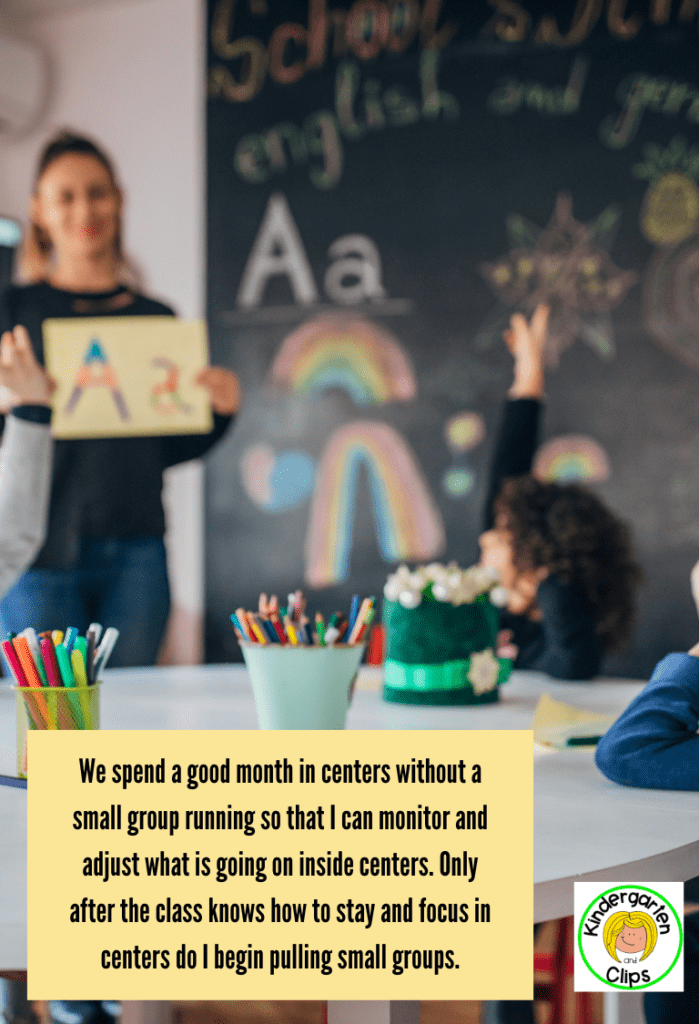
Tip 6: Embrace Your Story – Trial and Error in Small Group Learning
Reflecting on my journey, whole group teaching was wonderful, but small groups brought depth. It’s about getting into the nooks and crannies, and truly knowing your students as learners. Don’t be afraid of trial and error – it’s the path to making small group learning an integral part of your day.
Tip 7: Embrace the Whack-a-Mole Feeling – Small Group Learning in Action
Yes, using small group learning can feel like playing whack-a-mole in kindergarten. Some days will run smoothly, so enjoy them! Others, not so much but you will learn from them. Embrace the chaos, celebrate the victories, and savor the moments of success.
As we wrap up this exploration into the magic of small group instruction, I invite you to join this enchanting journey. Dive into the chaos, celebrate victories, and savor moments of genuine understanding. Ready to explore more? Drop your email below and stay connected as we continue our magical journey through the wonders of teaching with small groups. May your classrooms be filled with laughter and the joy of learning!

